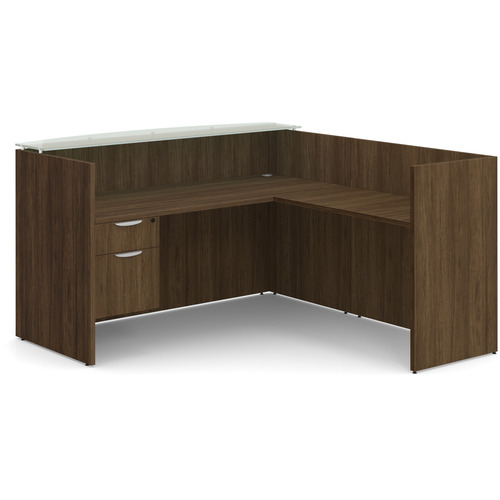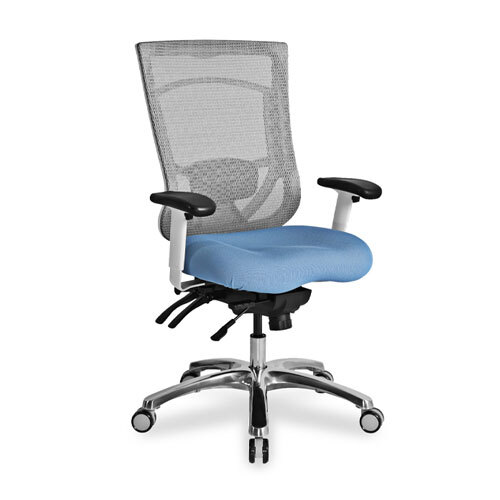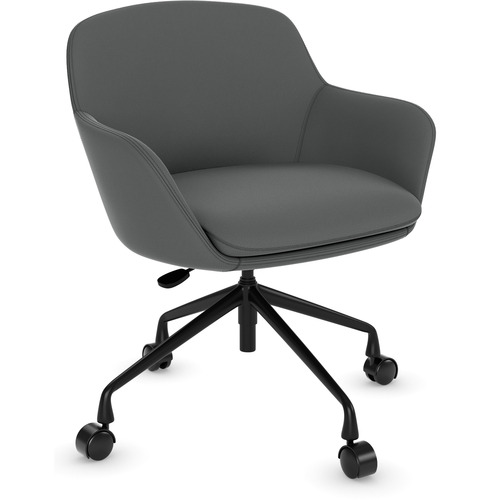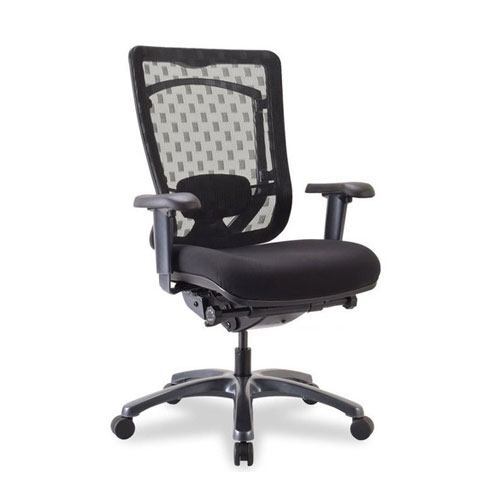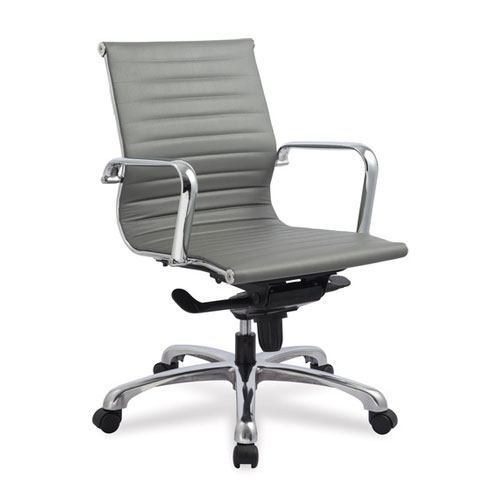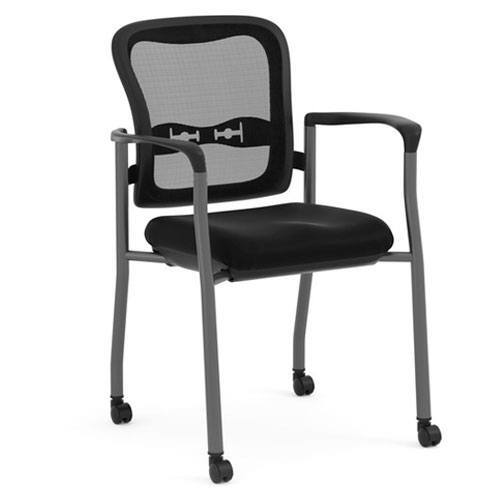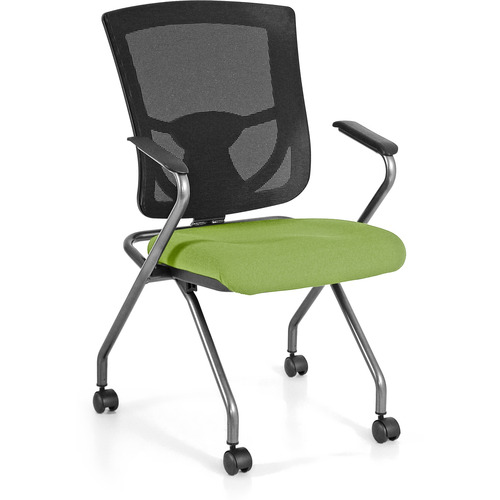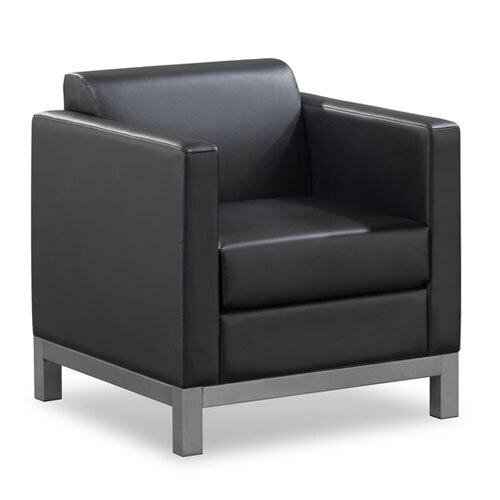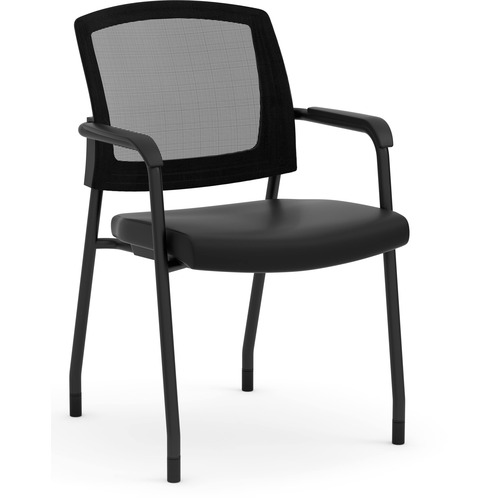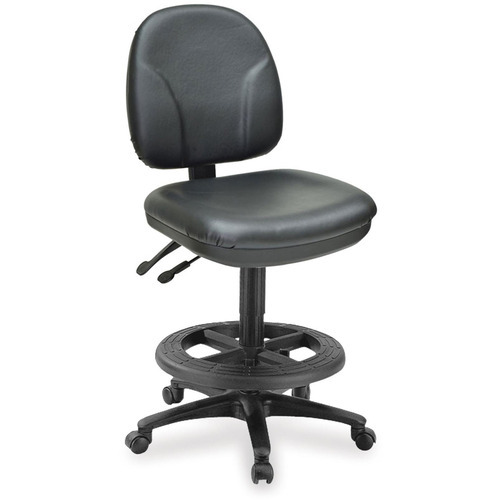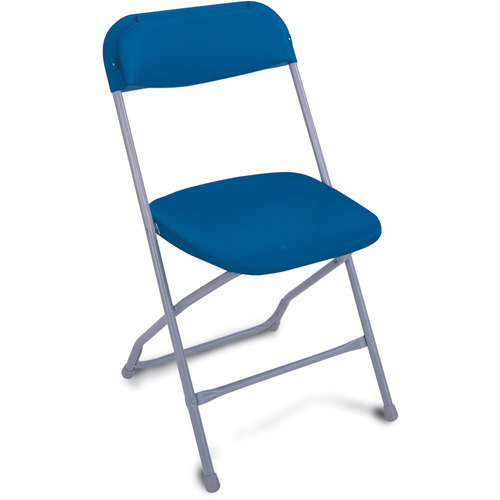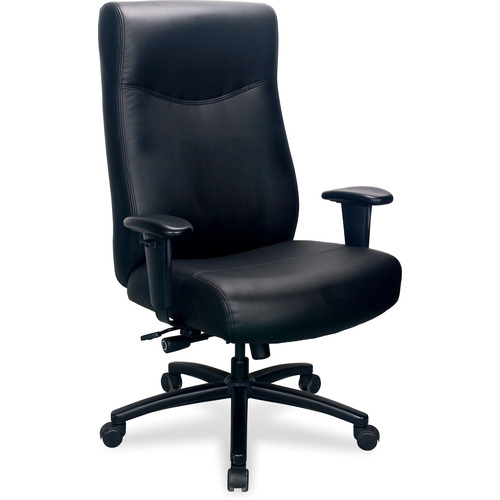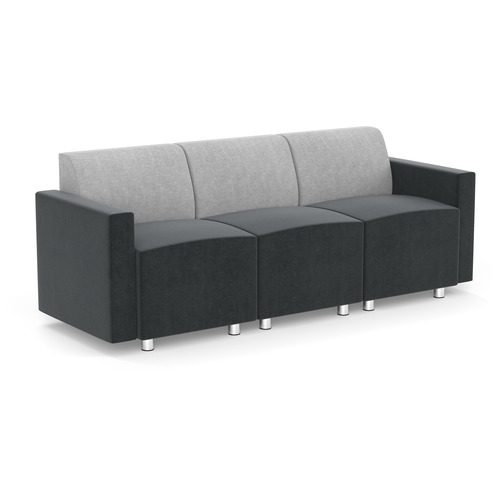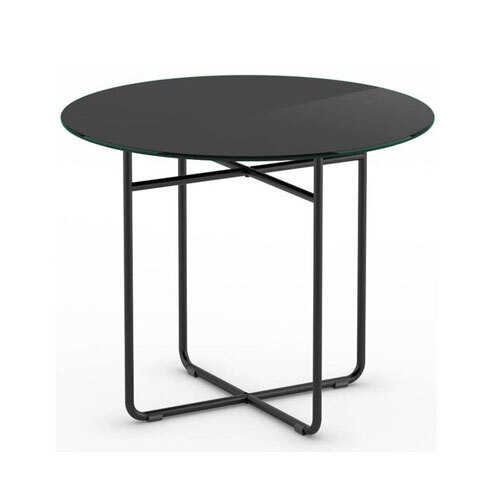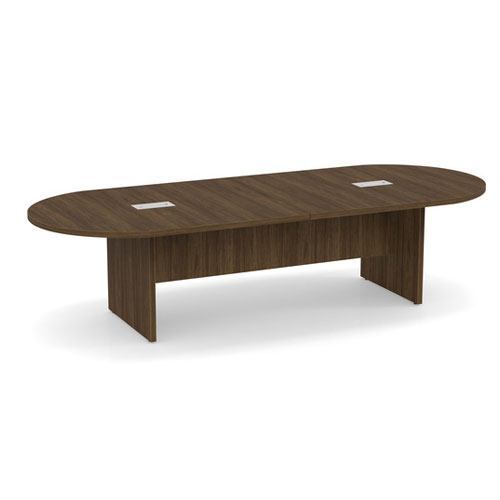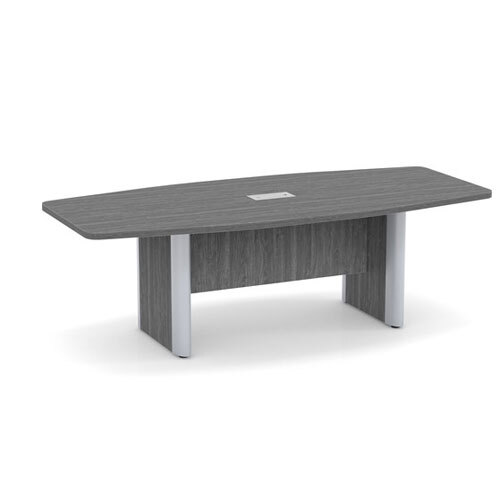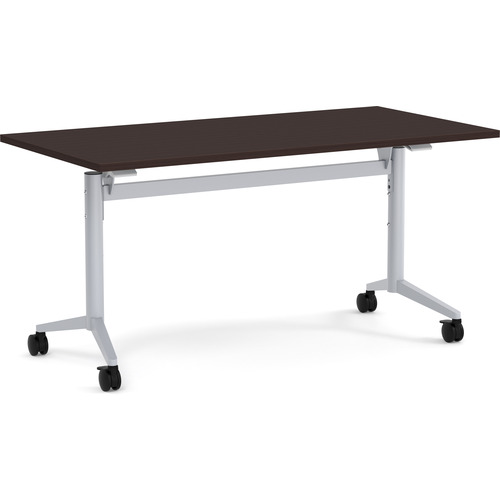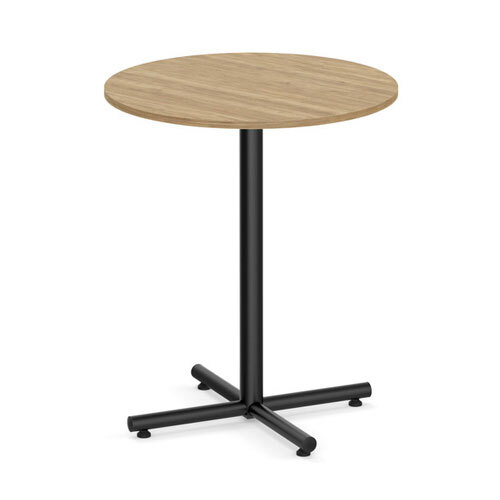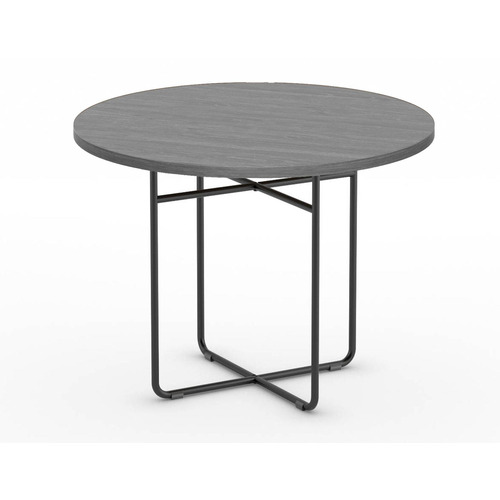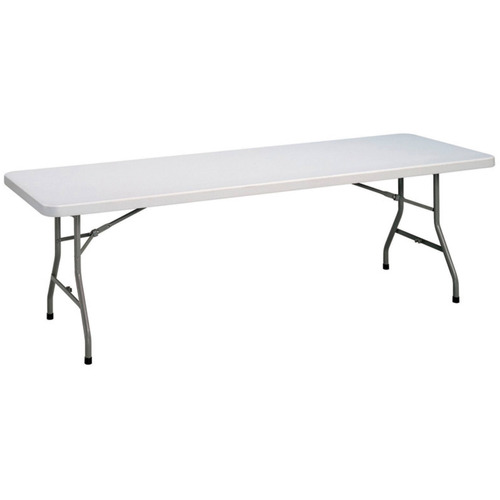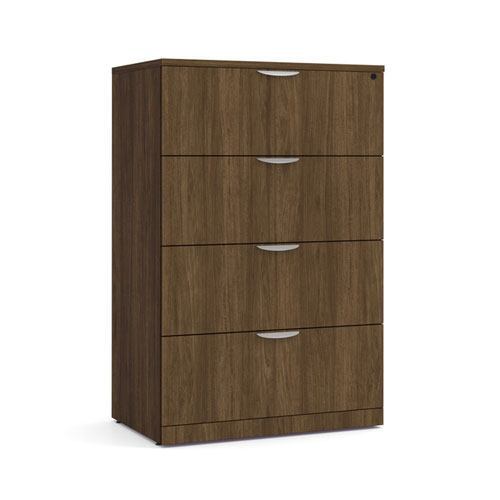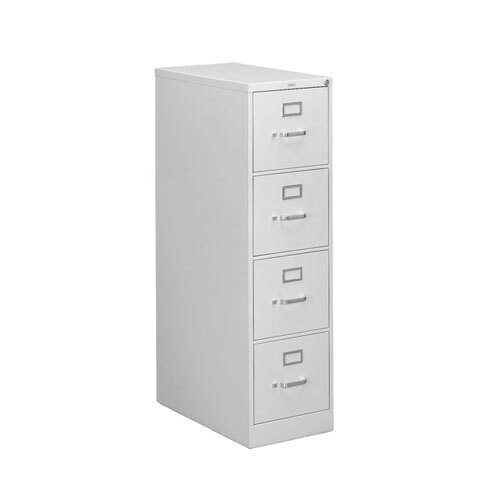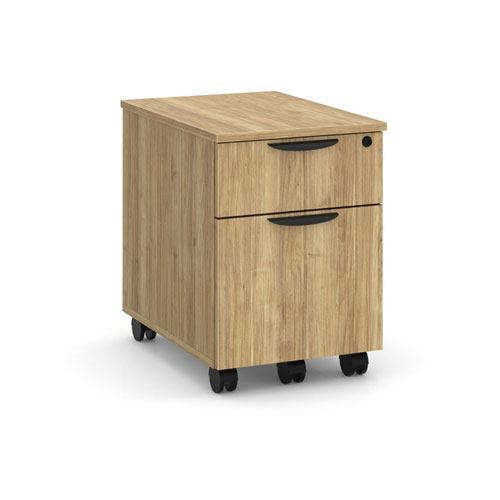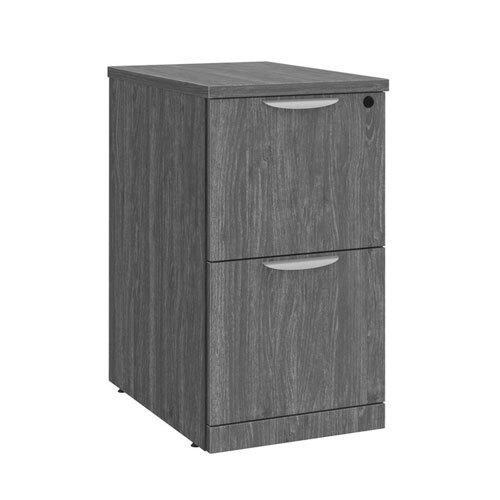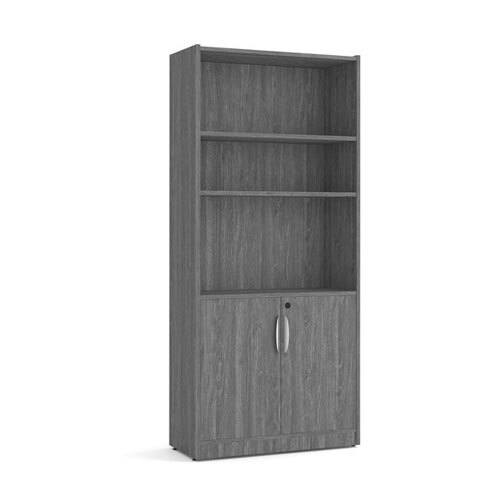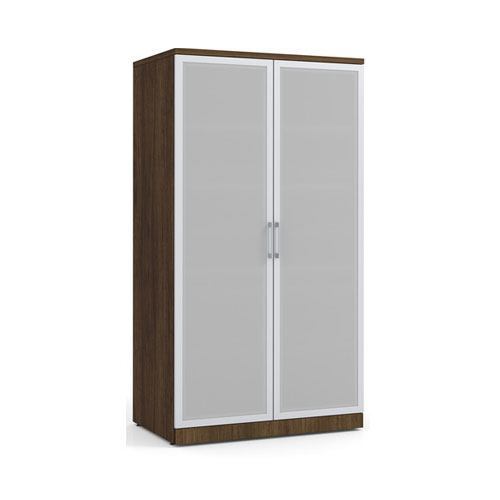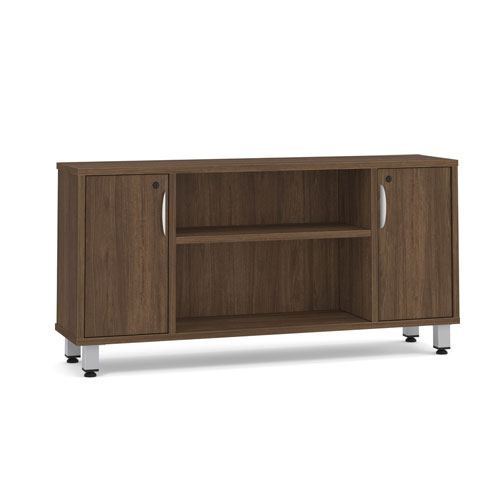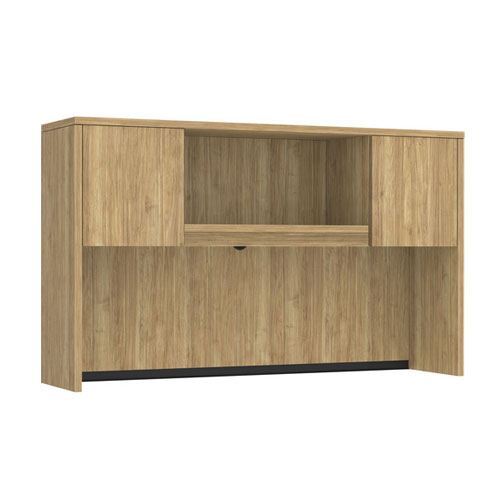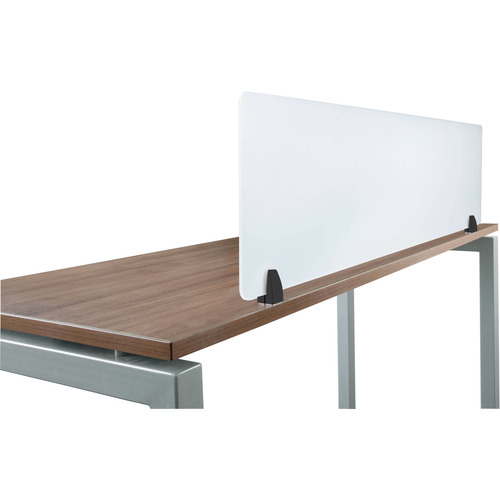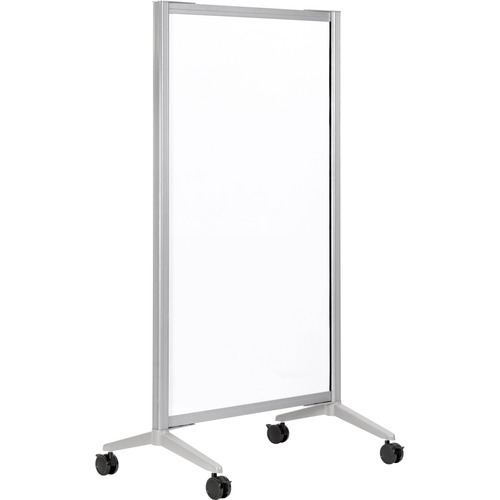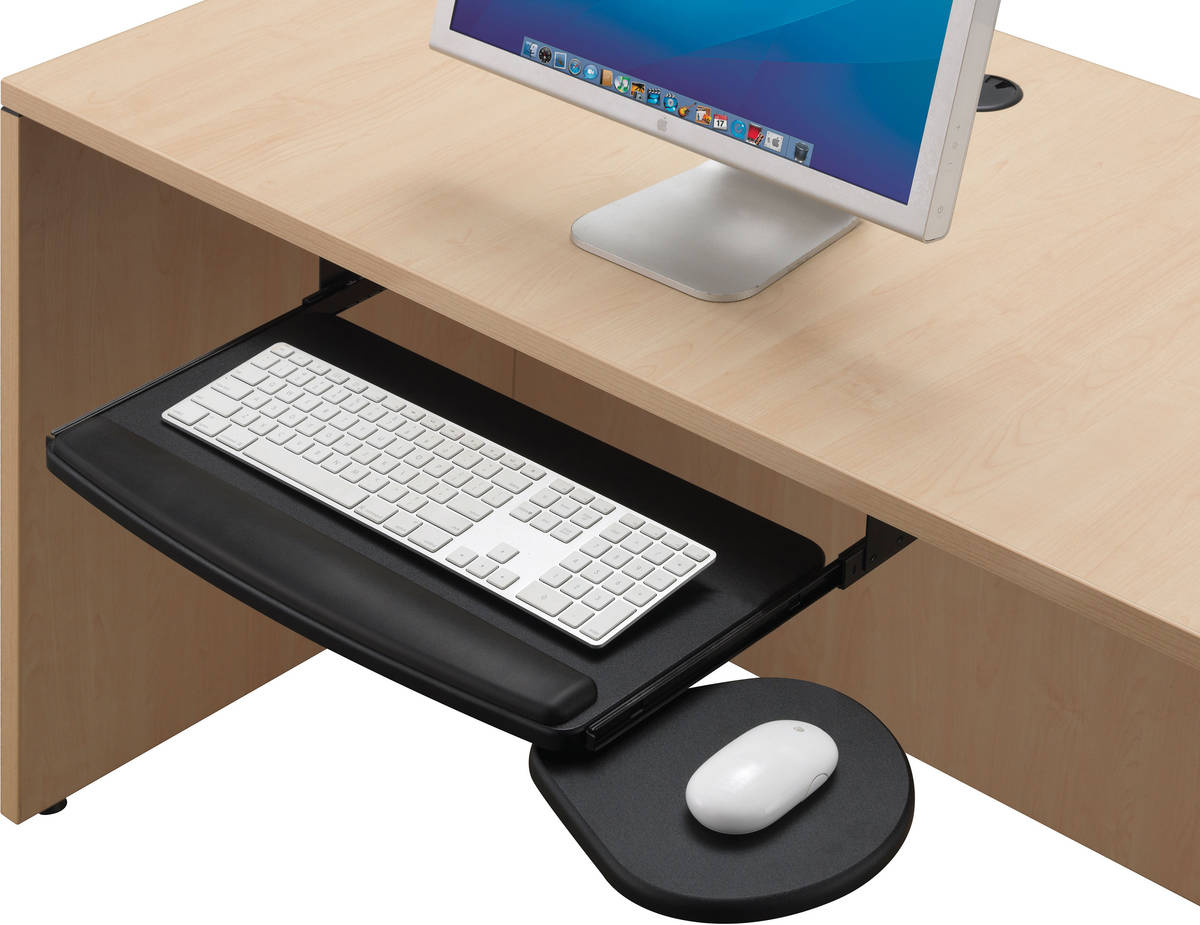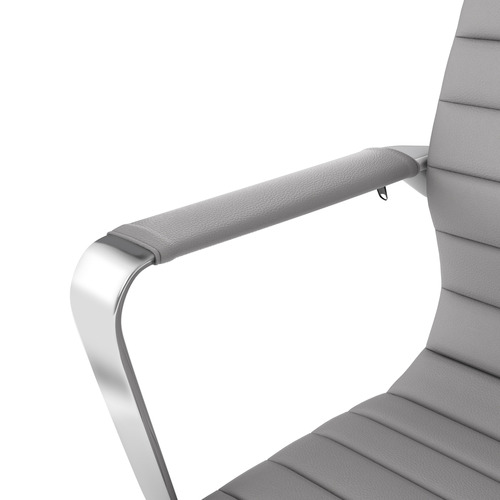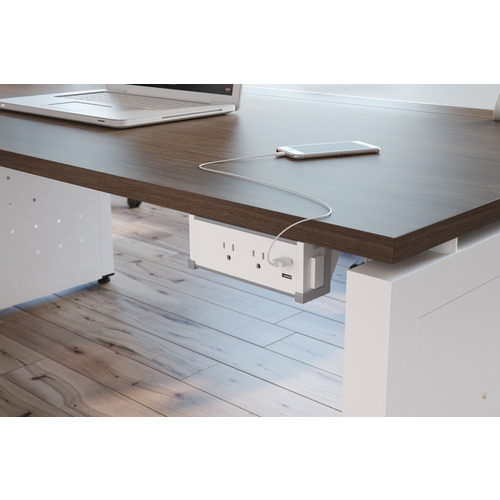Office Tables
Tables for the Office
Office tables refer to the general category of tables that can be found in an office setting. They’re meant to be used by multiple people, sometimes at the same time, as opposed to a personal desk or workstation where only one person is working at a time.
The category of office tables can include boardroom and conference tables, meeting or occasional tables, folding tables, nesting and flip top tables, reception tables and any other table that’s meant for interaction, collaboration, or simply as functional surface space.
Office tables come in a variety of shapes and sizes, and feature various storage options such as drawers, shelves, and cabinets, to help keep work materials and supplies organized.
In addition to their functional purpose, office tables can also play an important role in the overall design and aesthetics of an office space. They can be selected to match the decor and style of the office and can be used to create a cohesive and professional environment for workers.
Boardroom and Conference Tables
Boardroom and conference tables are large tables meant for collaboration and information sharing to many people at once. These tables are designed to be functional and stylish, while providing ample space for laptops, projectors, and other necessary equipment.
Boardroom tables come in a variety of shapes and sizes; Source Office Furniture sells them in boat and racetrack shapes. Both allow for easy placement of chairs around the perimeter. Our boardroom tables are made from high-quality durable laminates for a warm, classic look. You can purchase boardroom tables with power and data ports, allowing for easy access to electricity and internet connections. This is particularly useful for businesses that rely heavily on technology during meetings and presentations.
Meeting/Occasional Tables
Meeting tables are specifically designed to facilitate group discussions and collaborations, with enough space to accommodate multiple people at once. They can often be found in meeting rooms, flex spaces, break rooms and even personal offices, for those who collaborate often with team members and coworkers.
Meeting tables come in a variety of shapes and sizes to suit different needs and preferences, but in general they are smaller than conference tables and have more usable surface space than personal desks, which may have to accommodate a computer and its accessories, working documents and stationery. The most common shapes for meeting tables are rectangular, square, oval, and round. The size of the table typically depends on the size of the room and the number of people who will be using it.
Meeting tables can be made from a variety of materials, including wood, laminate, metal, glass, or a combination of materials. The choice of materials can impact the overall look and feel of the meeting room, as well as the durability and longevity of the table.
While many offices go straight to outfitting their conference rooms, it’s important to ensure there’s enough meeting space for smaller or ad hoc discussions. Meeting tables are an essential piece of furniture for any business or organization that regularly holds meetings or group discussions. They provide a central location for discussions and collaborations, allowing participants to work together effectively and efficiently.
In some organizations where a permanent meeting spot isn’t necessary, occasional tables can be used for that function. Occasional tables, also known as side tables, are so called because they have no designated purpose – unlike personal workstations or conference tables – and can be used for different functions. An occasional table can act as a side table, a coffee table, a lunch table or a meeting table. These surfaces are easy to a few team members to gather around and have a quick discussion, and because they tend to be more compact and lightweight than large meeting tables, can be moved around for convenience or space. They can also function as side tables in a personal office, meeting room, reception area or break room to hold drinks or reading material, and generally act as a usable surface.
Folding Tables
Folding tables are tables that can be easily folded and stored away when not in use, making them a convenient and space-saving option for a variety of settings. They are typically made of lightweight materials and are designed to be easily portable and collapsible.
Folding tables come in a variety of shapes and sizes, including rectangular, square, and round. They are often used for events, such as conferences, elections, and trade shows. These tables are also useful for personal activities such as camping, picnics, and tailgate parties.
One of the main benefits of folding tables is their versatility. Because of their impermanent nature, they can be brought out and used for any function, then folded up and stored away until they’re needed again. They are also ideal for small offices where space is at a premium.
Folding tables are a practical and convenient option for anyone in need of a temporary or portable surface. They generally cost less than meeting or conference tables, and are easy to use and store.
For ease of storage and transportation, Source Office Furniture also offers optional table dollies where you can stack folding tables, store them when not in use, and easily wheel them to where they’re needed.
Nesting and Flip Top Tables
Nesting tables are a set of two or more tables that are designed to be stored together, nested or fitted together. They are a practical and space-saving solution for small office spaces or for anyone who needs extra surface area that can be easily stored away when not in use.
Another type of table that can be used to save space is a flip-flop table. These tables have a hinged top that can be flipped up and then the legs of the table can be folded flat against the underside of the top, so they can be easily stored and transported.
Flip-flop tables are often used in situations where space is at a premium, such as in classrooms, conference rooms, or event spaces. They are designed to be easy to move and store, allowing for quick and efficient setup and breakdown.
One of the benefits of flip-flop tables is that they can be easily stored in a relatively small amount of space. When not in use, they can be stacked on top of each other or pushed against a wall. This makes them ideal for environments where space is limited or where tables need to be stored and transported frequently. Our flip flop tables fit onto a dolly that allows for easy storage and transportation.
Reception Tables
Reception tables are situated in the waiting areas of a business or organization, where they’re usually placed among or in front of chairs as side tables or coffee tables to hold reading materials, visitors’ drinks, and other such things.
As such, they play an important role in creating a positive first impression for visitors and clients. They can help to establish a professional and welcoming atmosphere, as well as provide practical features to make the waiting experience more comfortable and convenient.
Reception tables also serve as an important part of your company's branding and messaging. They may include colors, logos, or other branding elements to reinforce the company's identity. After all, you want your visitors to feel welcomed – and in the right location.
What’s the Difference Between an Office Desk and an Office Table?
The terms "office desk" and "office table" are often used interchangeably, but there are some subtle differences between the two:
- Design: An office desk is typically designed for one person to use at a time and may have drawers or other storage options attached. It may also have a designated area for a computer, such as a keyboard tray. An office table, on the other hand, is typically a larger, more open workspace that can accommodate multiple people or tasks.
- Functionality: An office desk is usually designed for specific tasks, such as writing, computer work, or paperwork. An office table may be more versatile and used for a wider range of tasks, such as group meetings, brainstorming sessions, or project collaboration.
- Size: An office desk is usually smaller than an office table, designed to fit a single person comfortably. An office table may be larger and designed to accommodate several people or tasks simultaneously.
- Style: An office desk is often designed to match the overall aesthetic of an office, with a more professional and traditional look. An office table may have a more modern or contemporary design, with a focus on versatility and functionality.
In summary, an office desk is typically a smaller, more task-specific workspace for one person, while an office table is a larger, more versatile workspace that can accommodate multiple people or tasks.
What’s the Best Office Table?
As noted above, there are many types of office tables, and they all come with their own variations in terms of shapes, sizes and colors. The “best” office table for your organization will come down to your needs, your space and your budget. What’s best for your business may not be right for another’s.
When it comes to buying the best office table for your organization, there are a few key factors you should consider:
- Size: First and foremost, you'll want to consider the size of the table. It should fit comfortably in the room it’s meant for and provide enough surface area for your needs.
- Functionality: Think about how you'll be using the table. Will you need storage space, cable management, or adjustable height? Make sure the table you choose has the features you need to optimize your productivity.
- Material: The material of the table can affect its durability and appearance. Popular options include laminate, metal, and glass.
- Style: The style of the table should match the decor of your office. Choose a style that complements your existing furniture and enhances the overall aesthetic of the space.
- Budget: Finally, consider your budget. Office tables can vary greatly in price, so decide how much you're willing to spend before you start shopping.
Once you've considered these factors, browse our catalogue for tables that meet your needs or come into your nearest showroom to see the tables for yourself and talk to a Furniture Sales Specialist to see if there are options or considerations you may have missed.
If you need to outfit a whole office, or if the options seem overwhelming, we can help! Our Furniture Sales Specialists will work with you to discuss your needs and make recommendations for office tables that will work best for you. We also have space planning experts who can provide 2D and 3D layouts for office space options so you can see where everything will go and fit in with respect to each other. Ask us about our free space planning service and let us help your office work at its best.





